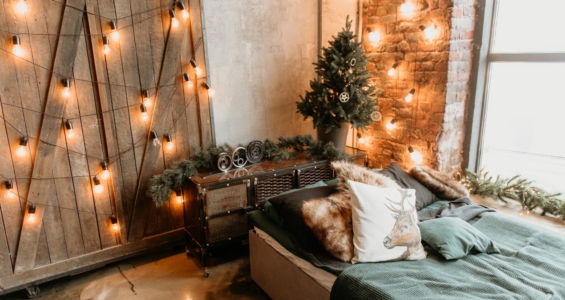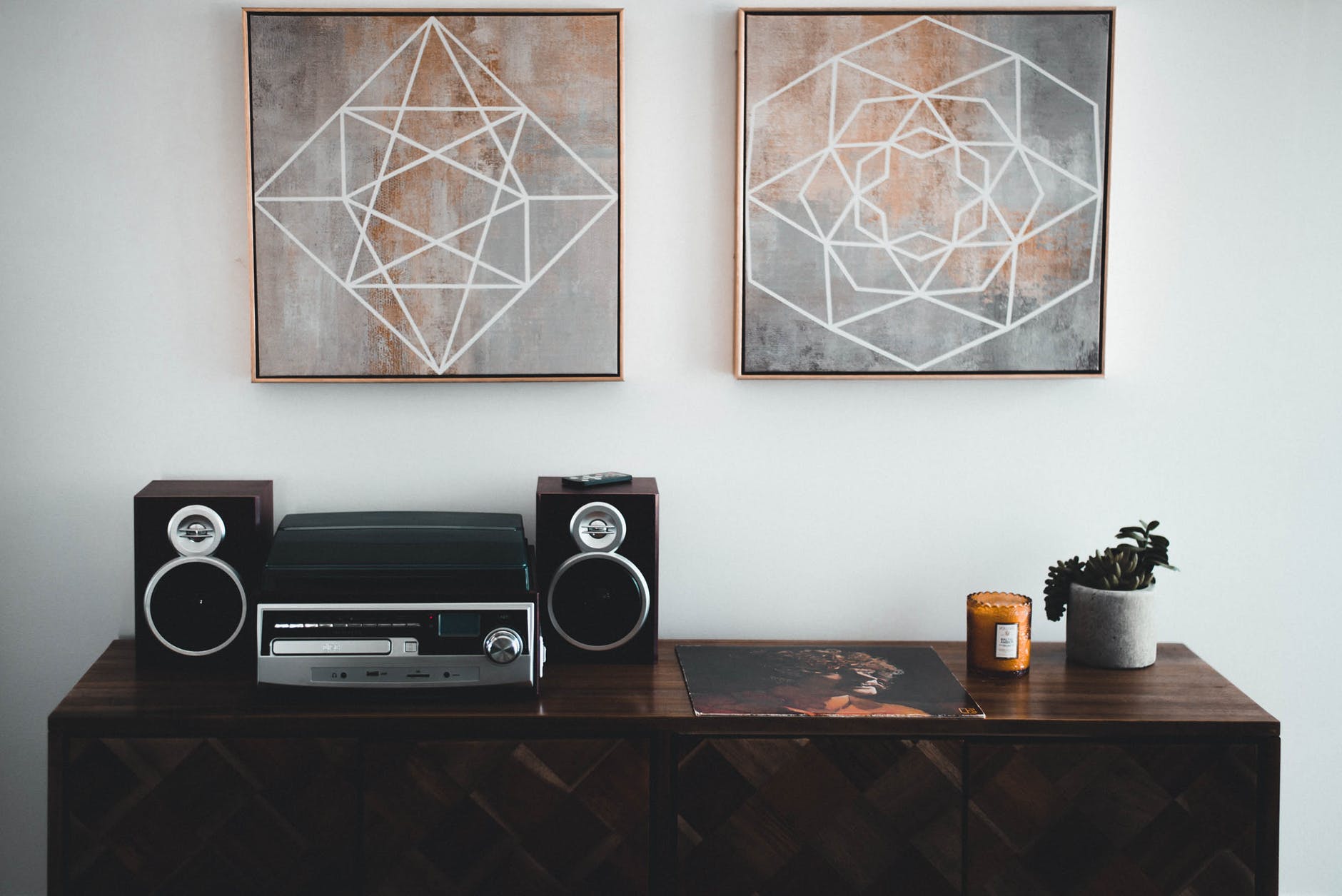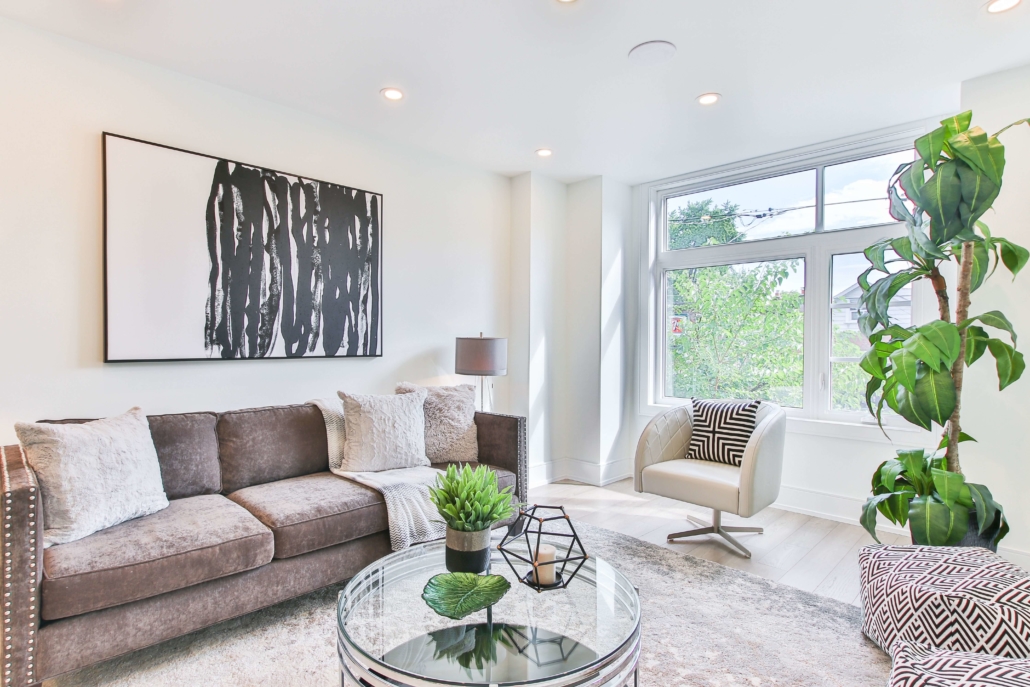6 Awesome Spring Break Staycation Ideas for Families
Since the spread of COVID-19 has been affecting travel all around the globe, it’s been difficult to plan for any sort of vacation. Between travel bans and cancelled flights, it seems that any hope of a fun family vacation abroad has been squashed. Luckily, it turns out that staying at home may be the perfect way for families to spend their vacation. There are a bunch of ways to have the best spring break ever right at home! Here are 6 super fun ideas for your spring break staycation:
Organize a scavenger hunt
A great way to keep your kids entertained is to organize a scavenger hunt. Not only are scavenger hunts a great way for kids to get outside and explore, but they’re super fun for kids to do. There are a bunch of different kinds of scavenger hunts depending on different ages, interest, locations, or other factors. Check some out!
Have a movie night
Don’t just plop a disc into the DVD player and call it a day – make an event out of it! First, pick out one night of the week to have a movie night. Next, have your kids pick out one or two movies to watch. Then, put on some PJS, set out some pillows and blankets and get the movie set up. You could also make some delicious movie snacks to make the night more entertaining. If you’re feeling adventurous, you could set up a movie projector and have an outdoor movie marathon right in your backyard!
Family game night
Another idea for a family staycation is to have a family game night. Break out the board games, playing cards or backyard games for a family-friendly competition! You could also break into teams to make the night even more competitive and exciting – the possibilities are endless!
Baking Treats
It may be risky, chaotic and messy, but baking treats with your kids is a great way to spend a day of your staycation. Baking treats is fun for kids because it gives them a chance to be creative and to make something they’ll love! It doesn’t have to be a super complicated recipe either, there are plenty of easy recipes for kids to be found online.
Create an obstacle course
If there’s one thing kids love, it’s climbing over, under or on top of anything they can get their hands on. That’s why a homemade obstacle course is perfect for keeping your kids entertained during a staycation. Try setting up a course of playground equipment in the backyard and have your kids race against each other – or assemble a maze of couch cushions in the living room and have them find their way through. No matter what you do, they’ll love it!
Have a backyard camp out
You don’t need to go all the way to Europe for vacation when you have your backyard! Pick a night out of the week that has the nicest forecast. Next, set up a tent in your backyard and gather up sleeping bags and pillows for your family. Then, build a campfire near the tent (make sure it’s not too close) and set up camping chairs around the fire. Don’t forget to bring marshmallows, graham crackers and chocolate for s’mores!







































